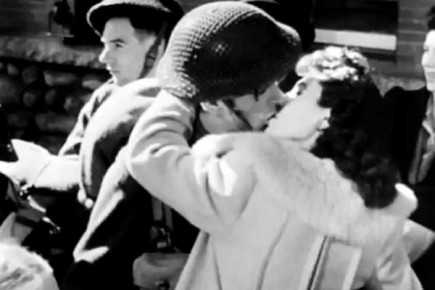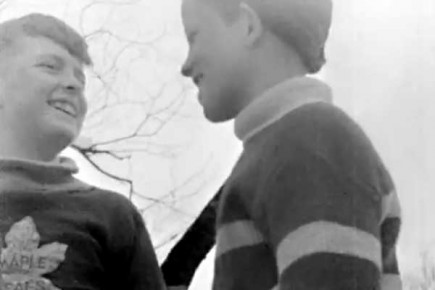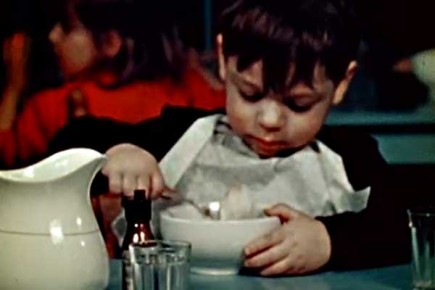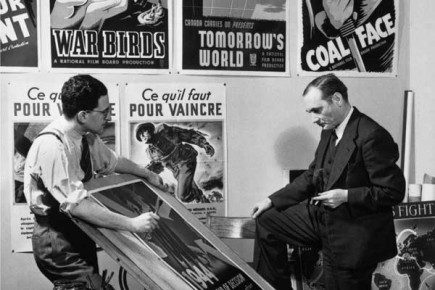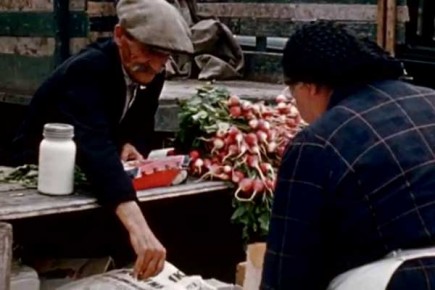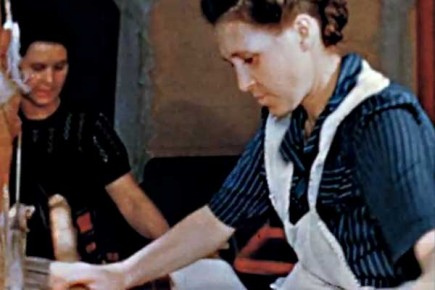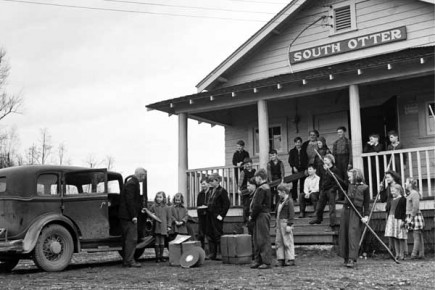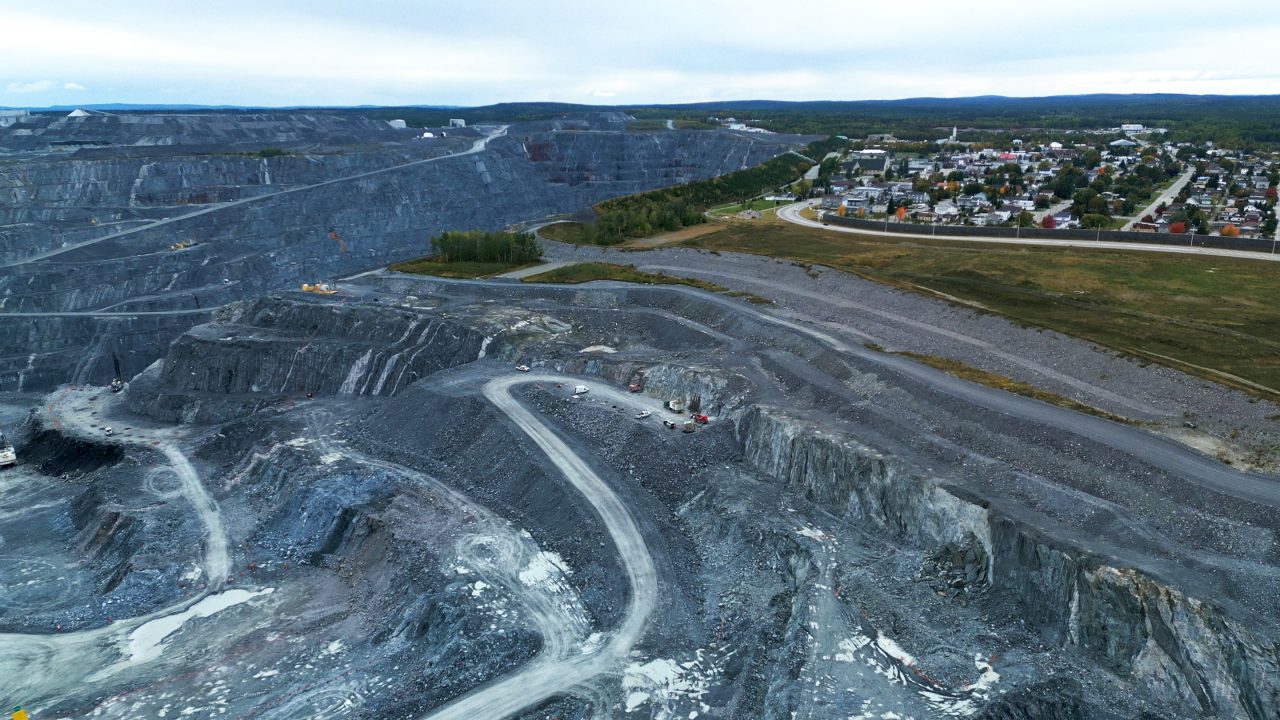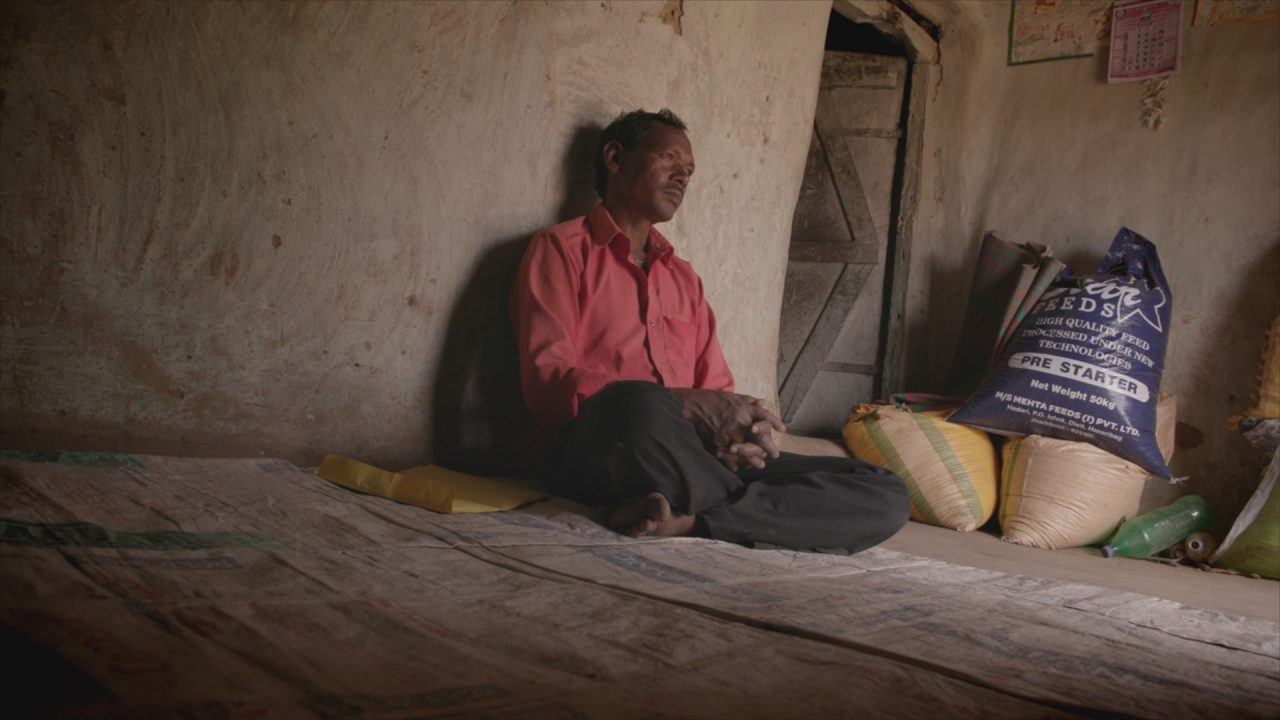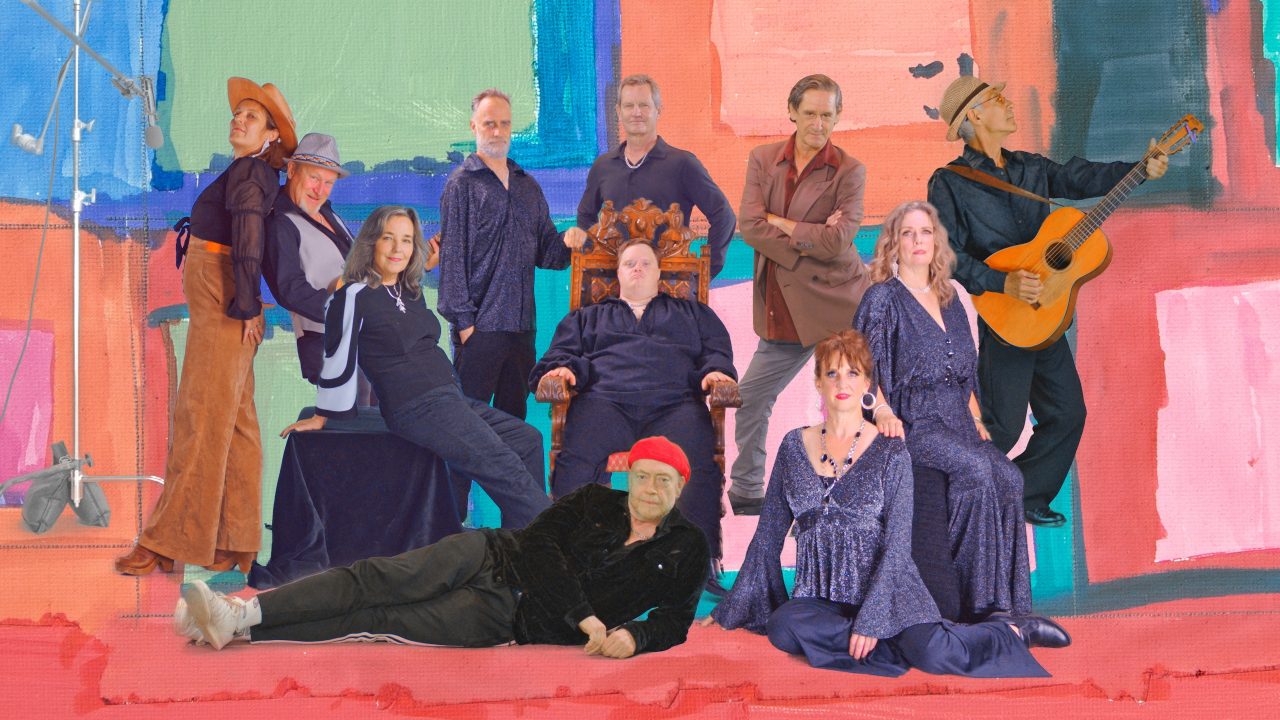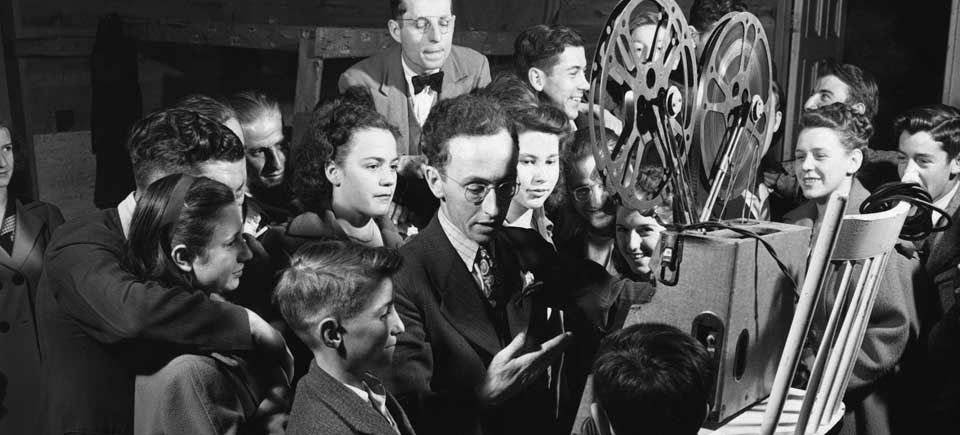
Teaching Canadian identity, nationhood, and media literacy with Shameless Propaganda
Teaching Canadian identity, nationhood, and media literacy with Shameless Propaganda
When the National Film Board was formed in 1939, its mandate was to produce and present an image of who the Canadian people are and what the nation of Canada is—to Canadians themselves and to the rest of the world. By representing “real” Canadians living their lives (with a strong emphasis on the “common man”), the NFB’s early productions played a pivotal role in unifying and giving identity to a vast, diverse, and sparsely populated country. At a time when media representations of Canada were rare or non-existent, the NFB worked to give Canadians the sense that they shared a common national identity.
Fast-forward to 2014, when filmmaker Robert Lower took over 500 films produced by the NFB in the first six years of its existence and created Shameless Propaganda, an alternately revealing, amusing, and disturbing portrait of the nation-building propaganda produced by the NFB during the Second World War.
For educators of all secondary levels, Shameless Propaganda offers a great opportunity to explore the topics of Canadian identity, nationhood, and the power of mass media with students. Take a look at a clip from the film, and watch the full feature on the NFB’s subscription-based CAMPUS platform. Then, read on below for some ideas on how to engage students in a discussion of the construction of a “Canadian” identity—then, now, and in the future.
Shameless Propaganda, Robert Lower, provided by the National Film Board of Canada
What does it mean to “be Canadian”?
Ask students to consider political theorist Benedict Anderson’s proposal that a nation is an “imagined community”—that is, a social construction by people who perceive themselves to be part of that community.1 Together with students, make a list of so-called “imagined” aspects of being Canadian (for example, the stereotype that Canadians are polite). Where do these imaginings come from and how closely related (or not) are they to the lived realities of being a Canadian?
Ask students to discuss, more generally, “What does it mean to be Canadian?”
The power of film: camera, editing, perception, and “reality”
Shameless Propaganda sets out to discover “how we saw ourselves then” and “how we presented Canada to Canadians and the world.” Ask students how they think Canada presents itself to the world today. Find a short clip of a contemporary news story, campaign video, or other non-fictional content that demonstrates how Canada presents itself. Ask students to pay attention to elements like music, editing, lighting, and camera movement. What effects do these elements have on the portrayal the video creates? How were these elements used in the WWII-era propaganda films in Lower’s documentary? Were they used differently 70+ years ago than they are now?
Consider founding NFB Commissioner John Grierson’s famous quote that documentary should act like “a hammer to shape society… in the war for men’s minds.” (Grierson is also widely thought to have coined the term “documentary” and pioneered the genre.) What cinematic elements can achieve this difficult feat? How can a piece of media content change a person’s mind? Have any of your students ever changed their minds about a certain social or political issue after watching a video about it? How and why?
Director Robert Lower points out that Grierson’s favourite insult was that a film was “too arty.” Ask students what they think he meant by that. What is the dividing line between “art” and “documentary”? Can non-fictional content be “artistic” as well? Should non-fictional content aspire to be truthful or entertaining? Or both? For example, in Flight 6, a film produced to promote the transatlantic air-mail service during WWII, Lower identifies a certain “Hollywood flair.” What does he mean by this?
Finally, the Griersonian documentary model aims to “not distort reality, but choose it.” Can students identify the difference between the two? Is there a difference at all? This is an eye-opening discussion to start, as students may begin to see that there is often no clear demarcation.
Canada, immigration, and difference during WWII
The kind of Canadian identity presented by the NFB’s wartime propaganda was a primarily white, Christian, Western European, anglophone one. When immigrants, Canadian francophones, or Indigenous people were included in these films, it was usually in an effort to make them seem “friendly” to a dominant population that did not understand their culture, language, or history.
Certainly, it’s good to try to understand a people or culture that is different from one’s own. But what are the harmful effects of these kinds of representations? How can an entire population or culture be represented faithfully in a film? Is something always left out? How did wartime propaganda attempt to unite these disparate people with different interests, histories, grievances, and hopes?
Lower describes how some people were represented as the so-called “belligerent nationalities” during WWII. For example, the Japanese are described as “little men… their faces are blank, expressionless,” their appearance “slovenly.” Ask students whether they think this kind of racist rhetoric exists today. What ethnic groups are the targets of racism in Canada today, and how or why?
Ask students to take notes during Shameless Propaganda and come up with one observation from the film about each of the following aspects of mid-20th-century Canadian identity:
- sport and recreation (particularly hockey)
- manual labour (mining, farming, fishing, etc.)
- housing and employment
- the role of women
- politics (Communism, fascism, democracy)
With these observations in mind, what can students conclude about how Canada and Canadians saw themselves during WWII?
“Official” vs. “unofficial” representations of Canadian identity
Lower recounts how the director and writer of the docudrama Coal Face conveyed their own message “between the lines” even though the film was censored for portraying the government unfavourably. How does this kind of subtlety relate to Grierson’s assertion that documentary should “not distort reality, but choose it”? For example, what is the effect of the presence of real mining families on camera?
Here are a few other aspects of WWII-era Canadian identity that demonstrate the difference between “unofficial” and “official” government narratives about Canadian identity:
- Rural Quebec’s resistance to conscription (“long abandoned and ignored by their mother country,” they didn’t care to risk their lives for Canada).
- The re-branding of internment camps as “relocation districts” where Japanese-Canadians were forcibly held.
- The characterization of First Nations people as an “ancient, primitive people.”
Ask students to discuss what they think is an “official” version of Canadian identity today, and how it differs from the reality they experience.
Bridging distances in a big country
Today, the majority of our communication and information-sharing is done through the Internet. But during WWII, the NFB’s films were shared with communities across Canada through a nationwide network of film circuits that brought films to daytime school screenings and evening presentations.
What similarities exist between these travelling projections and the work of nation-building today? What aspects of online video-sharing and content-streaming are building a Canadian identity in the 21st century, and how? Discuss with students the importance of relevant content that speaks to the daily concerns of Canadians across the country. What are Canadians worried about, hopeful about, or upset about today?
These and related questions about the construction of Canadian identity are particularly important to discuss with students: celebrating diversity, thinking critically about media representations, and understanding that there are many versions of history are all aspects of democratic citizenship, a value we treasure in Canada.
Footnote:
1Anderson, Benedict. Imagined Communities: Reflections on the Origin and Spread of Nationalism (London: Verso Editions/NLB, 1983; reprints 1991, 1996).
